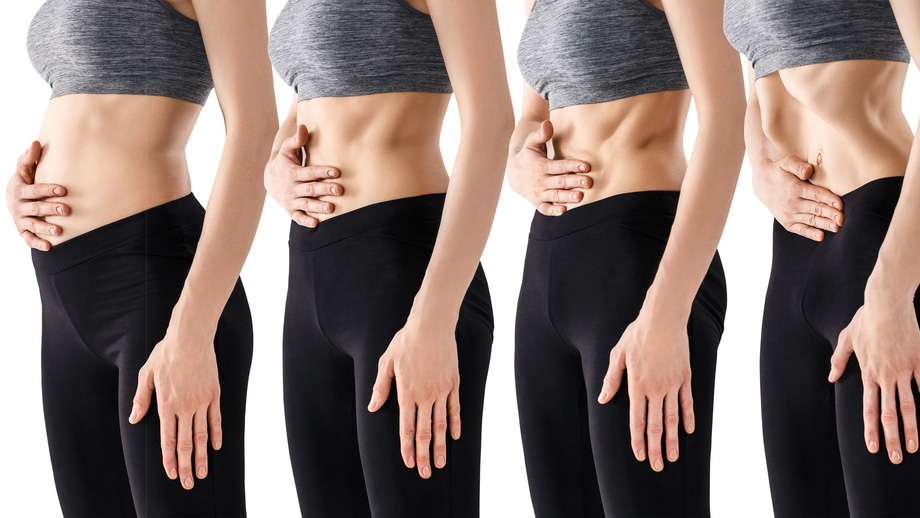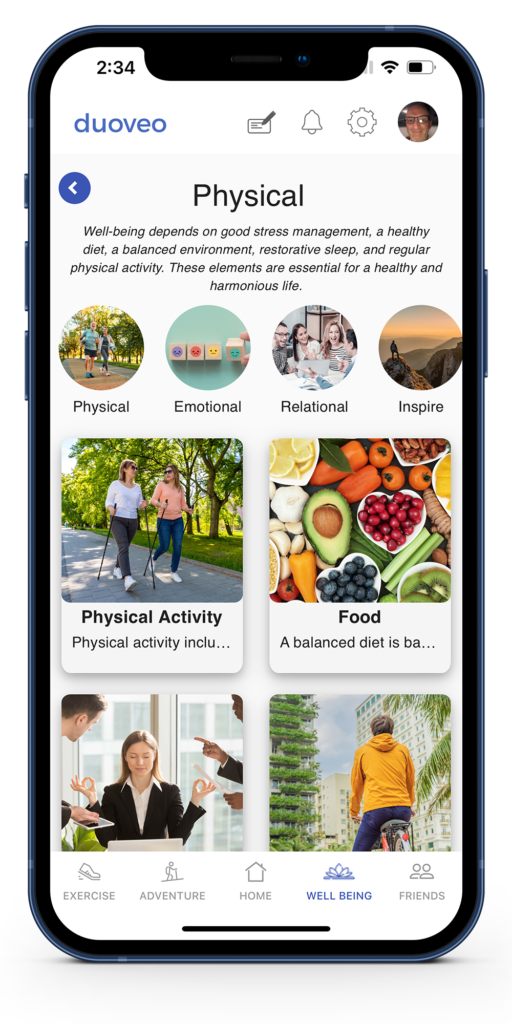Breathing, a simple act so often overlooked, holds extraordinary power. By mastering your breath, you unlock the key to profound, lasting well-being. In the whirlwind of modern life, where stress and fatigue reign supreme, breathing techniques become invaluable allies for relaxation and physical recovery.
Rediscovering the Art of Breathing
Your first breath at birth is simple but vital, yet over time, this spontaneous act is often misused. Many of us breathe shallowly, quickly, and chaotically, which can undermine our overall well-being. But don’t worry—it’s never too late to relearn the art of proper breathing!
Abdominal Breathing: The Baby’s Secret
Have you ever watched a baby breathe? Their little belly rises and falls naturally with each breath. This is called abdominal breathing, also known as diaphragmatic breathing. It involves fully engaging the diaphragm, a flat muscle that separates the chest cavity from the abdomen.
When you inhale, your diaphragm contracts and moves downward, allowing your lungs to fill with air optimally. This deep, steady breathing not only promotes relaxation but also improves oxygen flow throughout the body. The secret? It activates the parasympathetic nervous system, responsible for relaxation and recovery.
Studies show that abdominal breathing can lower cortisol levels, the stress hormone, and enhance muscle recovery after physical exertion. So why not give it a try right now? Sit comfortably, place one hand on your belly and the other on your chest, and let your abdomen guide the rhythm.
Heart Coherence: Syncing Body and Mind
Now, let’s talk about another proven technique—heart coherence. If your heart races at the slightest hint of stress, this practice could be your best friend. Rooted in yogic breathing, heart coherence involves syncing your breath with your heartbeat.
It’s simple: inhale for five seconds, exhale for five seconds, and repeat this cycle for five minutes, three times a day. Easy, right? Yet this small habit can have a big impact on your health. Beyond reducing stress, it boosts concentration, improves digestion, and strengthens the immune system.
Heart coherence is also used in psychotherapy to help manage anxiety and mood disorders. So why not add this easy routine to your day and take control of your well-being?
Pranayama: The Yoga of Breath Control
Yoga, an ancient discipline, would be incomplete without pranayama—the art of controlling your breath. In Sanskrit, “prana” means life energy, and “ayama” means to extend or regulate. Breath is that important! Pranayama not only oxygenates your lungs but circulates vital energy throughout your body.
There are many pranayama techniques, but let’s focus on two: Nadi Shodhana and Kapalabhati.
- Nadi Shodhana, or alternate nostril breathing, balances the body’s energy by cleansing energy channels (nadis) and bringing a sense of deep calm.
- Kapalabhati, on the other hand, is a rapid, dynamic breathing technique used to energize the body and mind. Quick, repeated exhalations stimulate your nervous system and sharpen focus.
Regular pranayama practice can improve lung capacity, reduce blood pressure, and even strengthen your immune response. Ready to harness your breath and unlock your inner energy?
4-7-8 Breathing: Your Natural Tranquilizer
Developed by Dr. Andrew Weil, the 4-7-8 breathing technique is often called “the body’s natural tranquilizer.” This method, inspired by pranayama practices, involves inhaling through your nose for four seconds, holding your breath for seven seconds, and exhaling slowly through your mouth for eight seconds.
By slowing your breathing rate, you signal to your body that it’s time to relax. It’s a great technique to use before bedtime to help you fall asleep faster.
Research shows that the 4-7-8 breathing method can reduce anxiety, improve sleep quality, and even lower blood pressure. Next time you feel stressed, try this technique and experience its calming effects.
Wim Hof Breathing: Pushing the Limits
For the adventurous, the Wim Hof Method offers an exciting challenge. Created by the man nicknamed “The Iceman,” this breathing technique is paired with cold exposure. But don’t worry—you won’t need to jump into Arctic waters just yet!
The Wim Hof Method involves deep breathing cycles, followed by breath retention after exhalation. This cycle is repeated several times, followed by meditation exercises. It’s said to strengthen the immune system, improve focus and mental clarity, and increase cold resistance.
Scientific studies show that the Wim Hof Method can also reduce inflammation markers and help manage symptoms of autoimmune diseases. Ready to step out of your comfort zone? The Wim Hof Method might be your next challenge.
Incorporating Conscious Breathing into Your Daily Routine
These techniques may seem intimidating, but don’t worry—incorporating conscious breathing into your daily routine doesn’t require a radical life overhaul. Start small, with just a few minutes a day, and let your practice grow naturally over time.
Pick a technique that resonates with you, whether it’s abdominal breathing for its calming effect, heart coherence for its efficiency, or pranayama for its spiritual depth. The key is consistency and finding what works for you.
Remember, these techniques aren’t just relaxation tools—they’re exercises for overall well-being. By optimizing your breath, you improve muscle oxygenation, detoxification, and even digestion.
Conclusion: Move to Boost Your Energy and Shine
Now, you have at your fingertips some of the most powerful breathing techniques to boost both your physical and mental well-being. Whether you’re looking to calm your mind, enhance post-exercise recovery, or simply rediscover inner peace, these methods are here to help. So take a deep breath, exhale slowly, and let the power of your breath guide you toward a more balanced and serene life.
References:
Harvard Medical School. (2019). “Diaphragmatic Breathing for Stress Reduction.”
The American Institute of Stress. (2020). “The Science of Heart Rate Variability and Coherent Breathing.”
National Center for Complementary and Integrative Health (NCCIH). (2021). “The Benefits of Yoga and Breathing Practices.”
Cleveland clinic. “The 4-7-8 Breathing Technique: Benefits and How To.”
PLOS Biology. “Inflammatory response to the Wim Hof method of cold exposure and breathing.“


